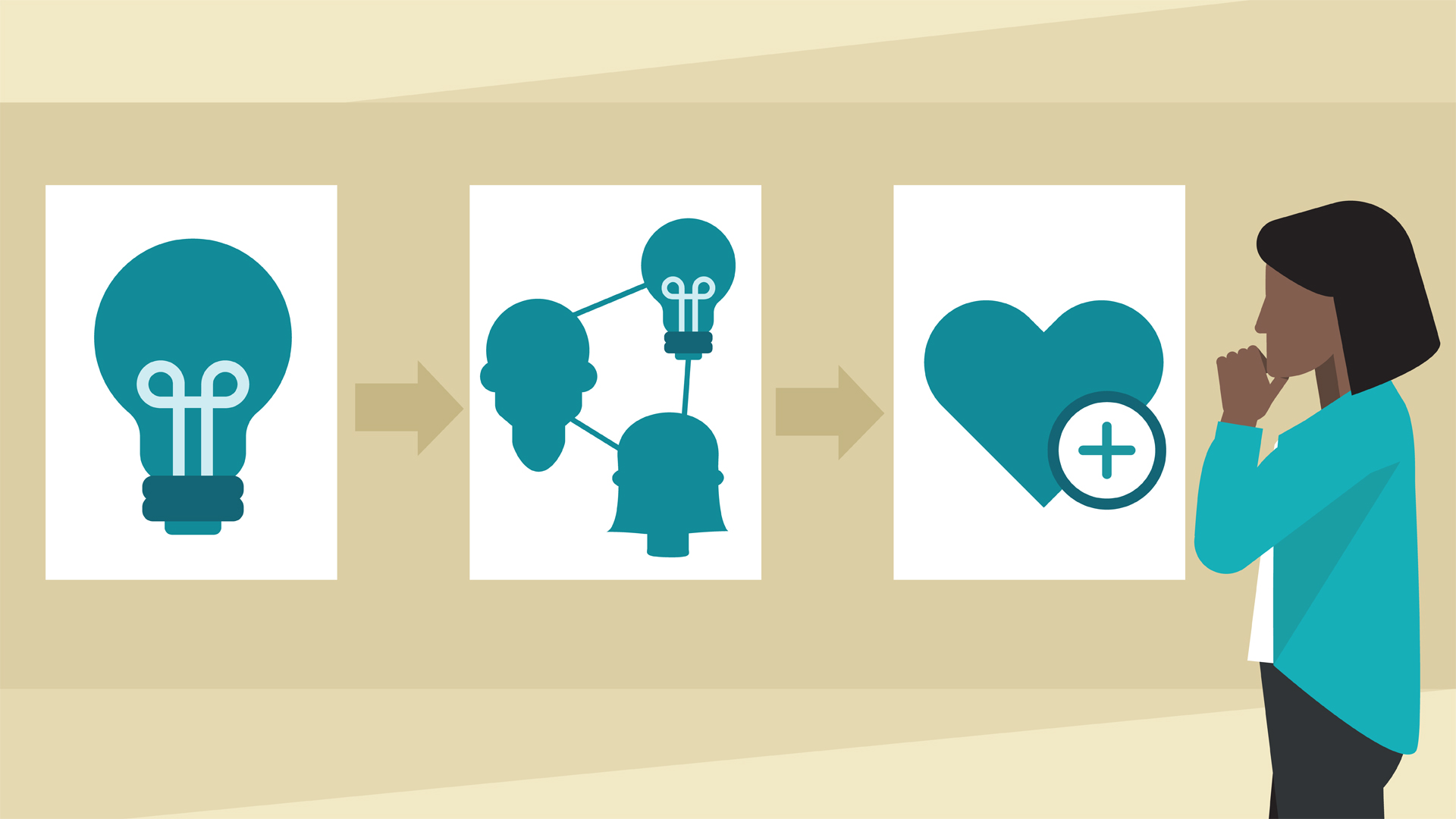I spent the best part of the last two decades writing about relationships: romantic ones, platonic ones, what I wanted in them, what I got from them, what things they left me only hoping for. Human nature is, by design, one that requires mateship; we weren’t born to live alone and, therefore, we are eternally looking for company, for love, for friendship, for understanding, for belonging.
As much as we are wired to be together, navigating interpersonal relationships is an art that many of us can’t seem to master, for existence is a complex matter and humans can be stubborn as hell, especially to the ones they love.
Design Thinking is a technique largely recognised in modern culture, applied to resolve extremely difficult problems in companies around the globe. Its teachings and techniques enable professionals from any field to be able to innovate and problem-solve by following a handful of simple steps. Well, if Design Thinking offers a human-centred approach to creating solutions to problems, it sure seems like the perfect tool for working on improving interpersonal relationships – not to mention, when it comes to complexity, corporate challenges have nothing on marital ones.
The notion of applying creativity and innovation to maintain the relationships in our lives healthy and in constant improvement got me thinking and, the more I thought, the more I realised that in one way or another, we all have been applying many of the Design Thinking concepts to our lives, we just never realised it. And, sure, turning your relationships into a Design Thinking training session is plain weird, but what if creativity is such an intrinsic human trait that we have been all acting like designers all along, even without sitting in meeting rooms, staring at projectors and going through brainstorming sessions using post-it notes?
The main principles of Design Thinking – understanding the problem, researching, ideation, fast prototyping, testing and iteration – are tactics that we instinctively apply to our daily relationships. Think about it. Who hasn’t analysed a problem to death with a romantic partner, or spent hours trying to come up with solutions to end once and for all that one argument that keeps coming back?
Like in psychology, once a person is aware of their models, patterns and issues is when they can address these things and attempt a change in behaviour. The knowledge of Design Thinking practices combined with the self-awareness of a person who is interested in having good relationships in their life is a powerful tool. It gives perspective to actions and makes you concentrate on the real problems, rather than wasting years arguing with loved ones about the wrong things, the ones that do not matter. It puts the people who are part of that relationship dynamic in the centre of any issue and helps all sides to realise that a real solution to a problem can only be the kind of statement that addresses everyone’s needs. It strips them down from pettiness, from memorised speech, from selfishness. It gives people a chance to hear and be heard, to ideate solutions, prototype and test them collaboratively. It gives them the chance to fail, but to know that failure is best when it happens fast, as it prepares you for getting it right. It forces people to spend time and energy in their relationships and, in doing so, makes them realise which relationships in their lives are worth having.
Over centuries poets, writers, musicians and artists of all kinds tried to explain love, and as I humbly keep on attempting to do the same myself, I also spot potential in using tools that will challenge my empathy, keep my brain sharp and allow me to design desirable relationships for my life. Design Thinking is not only a methodology that helps people and companies to solve problems, it is also a cathartic experience that can severely change the future of human relationships, hence my hesitation to subscribe to fate, when right in front of me stands design.



